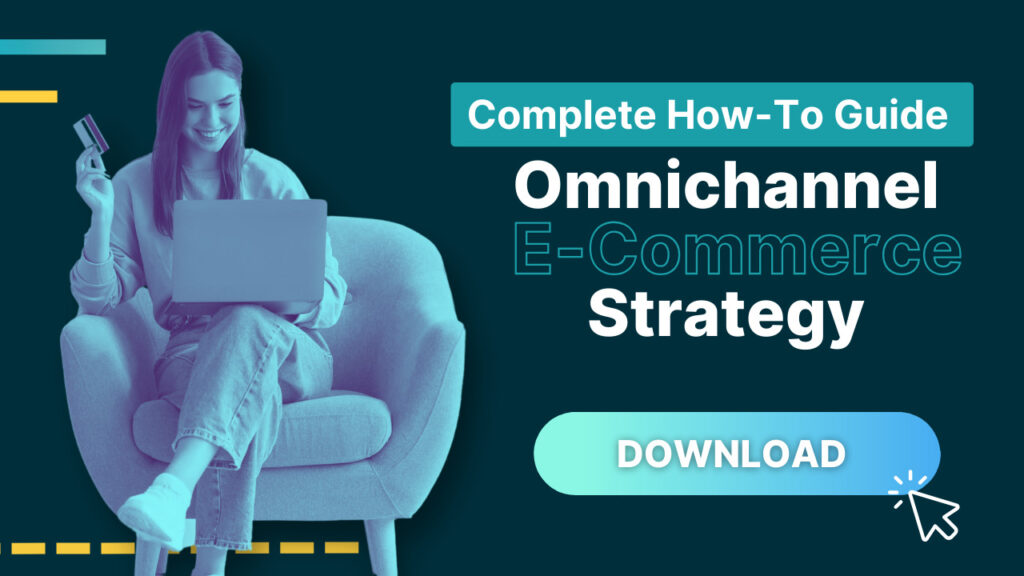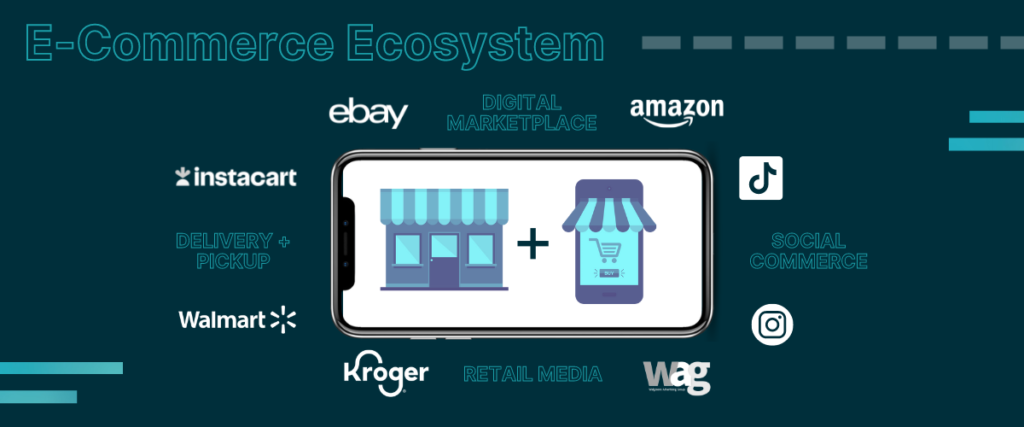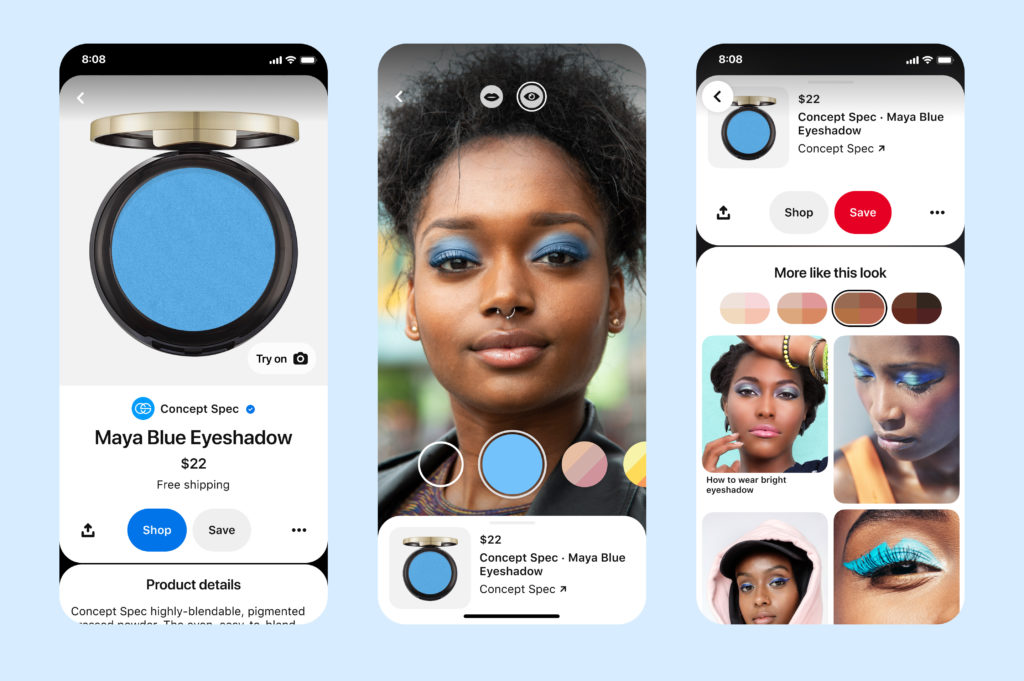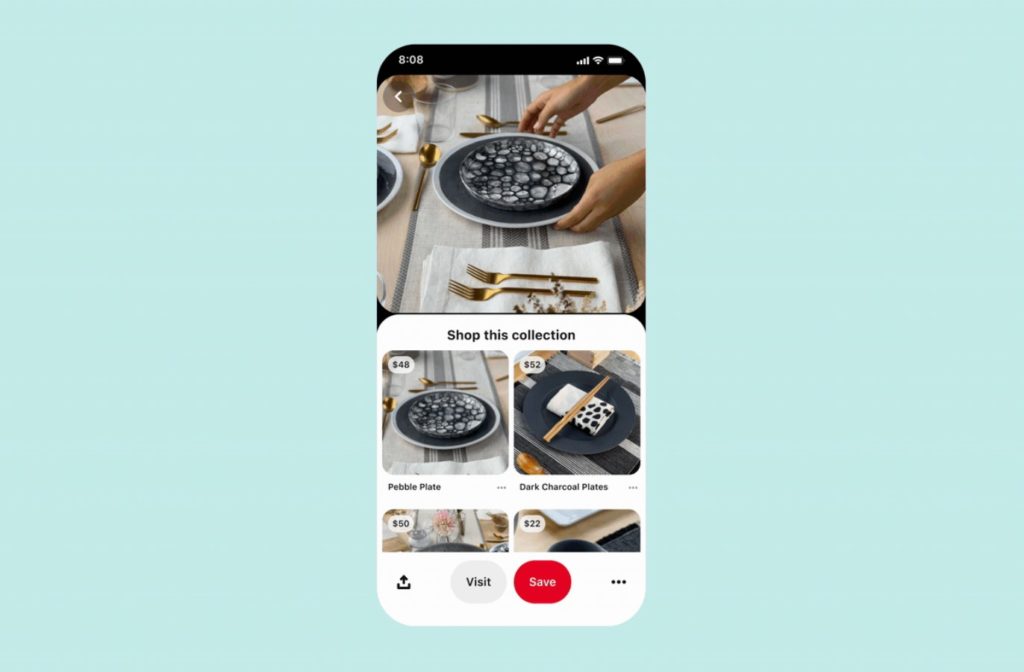How can your brand achieve extensive advertising reach without putting valuable marketing dollars at jeopardy? Create a smart CTV targeting strategy.
TV advertising is a high impact advertising channel for building awareness and increasing share of voice by reaching your target audience in a non-skippable environment. However, the landscape is shifting. 47% of the U.S. TV viewers are already cordless and, by 2025, there will be over 235 million connected TV viewers. Is your brand reaching them?
In this article, I’ll lay out how you can leverage the targeting and addressability benefits of connected TV in your large-screen video advertising plan. By the end, you will be able to apply four key learnings to your CTV targeting strategy to improve both your marketing ROI and your audience’s experience with your brand:
- Pair cable and streaming for optimal reach and frequency
- Diversify streaming platforms based on your CTV campaign goals
- Leverage the addressability of CTV audience targeting
- Lean into the power of contextual CTV targeting and premium placements
4 CTV Targeting Tips
#1 – Pair Cable and Streaming for Optimal Reach and Frequency
Before we dive too deep into specific CTV targeting strategies, let’s get one thing straight. We aren’t saying you should ignore linear (cable) television to go all in on digital. Linear TV is still one of the fastest ways to effectively reach mass audiences. However, the best way to achieve comprehensive consumer reach at an appropriate frequency is having the right mix of CTV, OTT, and linear.
Traditionally, marketers would pour the majority of their big-screen budget into linear TV, and save a small fraction for CTV. There was a misperception that CTV had limited efficiency and reach. It was also more difficult to control ad frequency and compare measurement between linear and streaming. That has since changed. Today, these channels are beginning to speak the same language in terms of measurement, allowing for cross-platform comparisons and omnichannel reporting.
Treating CTV as simply an incremental tactic is not only outdated, but inefficient. Connected TV ads can offer much greater control in regards to reach and frequency versus linear buys. To maximize results, pair linear and CTV/OTT in your media plan to create an omnichannel video strategy. Then, use cross-channel integration platforms to avoid siloes or ad fatigue, as well as understand impact.
Hear why there should be a more equitable distribution between traditional and streaming television from our President, Sean Cotton, in this short video clip:
#2 – Diversify Streaming Platforms Based on Your CTV Campaign Goals
CTV targeting success comes down to knowing your marketing objectives and aligning that with placements that make sense based on where your audience consumes television content. You may be understandably concerned by the fragmentation of connected TV. There are so many streaming services and devices that it feels challenging to unify the experience.
When evaluating targeting decisions, you have to evaluate what you value most:
- The streaming platforms on which your brand appears (Hulu, Disney+, Netflix, etc.)
- Reaching audiences on a 1:1 basis
If you really want to advertise on a select few premium streaming platforms, you should be open to targeting a broader audience. Layering multiple audience segments on top of strict inventory limitations causes difficulties with achieving scale. But, you can leverage research to justify this strategy knowing that your audience spends time on platforms like HBOMax or Hulu, and take comfort knowing your ads are running on quality inventory.
If your priority is reaching a highly specific audience, cast a wider inventory net. Look beyond the Hulus and walled gardens like Amazon Prime and YouTube TV, and instead lean into an omnichannel CTV buying strategy. While this will require more due diligence to ensure brand safety among lesser known CTV services, it creates an opportunity to take a more holistic approach to the opportunity across your consumer base.
#3 – Leverage the Addressability of CTV Audience Targeting
The golden rule of marketing – do everything in your power to avoid wasting media dollars. At least that’s our philosophy at Coegi. Needless to say, the typical “spray and pray” approach often used to reach broad audiences with linear TV makes us cringe a little. By using data-driven CTV partners, you can still reach broad audiences without overspending.
There are a lot of data providers that can be activated to reach users on a 1:1 basis. This audience-first approach reaches high-value, addressable segments without overspending on mass media buys. Plus, you improve the user experience by serving relevant content in an engaging, large screen format.
You can also gain greater addressability through automated content recognition – an effective technology to simultaneously improve your audience targeting, ad personalization, and measurement in a privacy preserving way.. Automated content recognition (ACR) technology captures and identifies audio and visual on-screen content. It can capture any content being viewed on a smart TV screen: linear, streaming, video-on-demand, commercials, video games, etc. This data is fingerprinted and can be tied back to IP addresses, creating unique user IDs for specific devices
The primary ACR targeting methods include:
- Target based on ad exposure (competitive conquesting)
- Content affinity (live tentpole events, shows watched, games played)
- Viewership behavior (cord-cutters, sports fans, etc.)
ACR data empowers you to better understand and reach your unique audience, as well as personalize messaging.
#4 – Lean into the Power of Contextual CTV Targeting Strategies and Premium Placements
Audience targeting offers many benefits in the ability to drill down to specific behaviors, purchase history, and more. However, to maximize CTV targeting success, it’s important to balance audience-based and contextual targeting strategies.
Why? Households share devices, so you cannot always be sure the person you are trying to reach is the one in front of the screen. Additionally, third-party cookie deprecation will impact overall addressability. Contextual CTV targeting does not rely on third-party cookie data, making it a more future-proof solution. It is also a valuable tool to achieve scale by targeting specific networks and content genres using audience affinity data.
If you want to put a true stake in the ground, secure premium CTV placements through programmatic or direct publisher buys. Think live sporting events, award shows, or an ad spot on the latest Netflix series taking the world by storm.
These premium placements are more expensive, with CPMs often ranging between $40-50. But, it’s critical to understand the value of running your brand’s message alongside highly recognizable content. If your audience is made up of huge sports fans, the impact of running a thirty-second ad spot during the NBA Finals could be invaluable to your long-term brand performance. Premium CTV placements both elevate trustworthiness for newer brands and energize existing brands.
Learn more about how to optimize your CTV budget with quality inventory from Coegi’s Director of Programmatic Operations, Hannah Schatz, in this clip:
The ways in which viewers consume TV are changing, but the overall love of programming remains. Knowing your brand and how your target audiences index against specific content is essential in the future of CTV targeting strategies. Implementing these data-driven targeting tactics will give you access to higher-quality ad space.
For more information, view our OTT/CTV Advertising Webinar here or access our TV 2.0 Guide to gain a better understanding of the CTV ecosystem.







